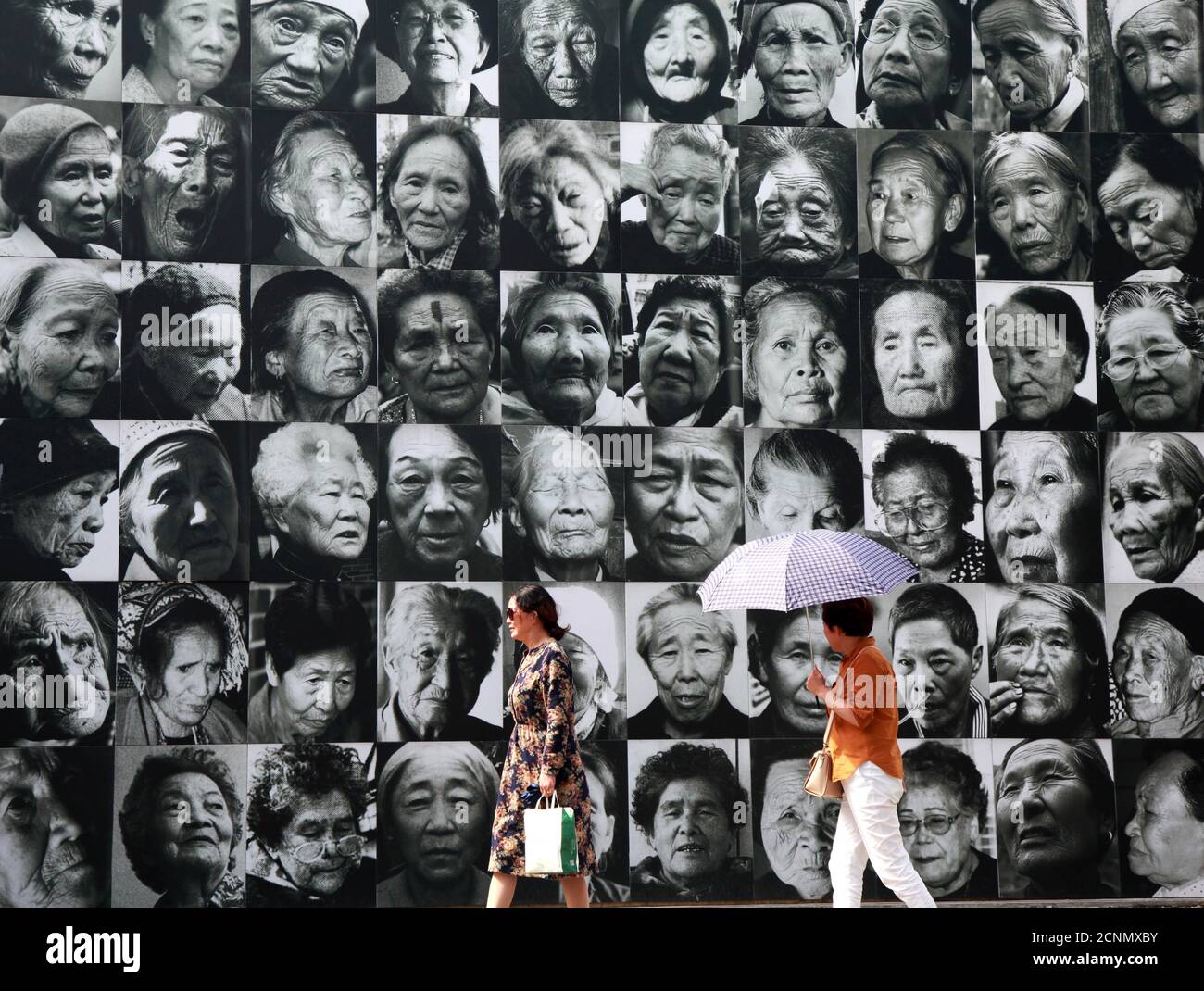'Comfort Women’ refers to a system of sexual slavery implemented by the Japanese government and its army during World War II to successfully implement and complete the war of aggression against Asia. Most 'Comfort' women come from China, South Korea, and the Philippines. In addition, there are also some of them from different Asian countries and regions such as Malaysia, Thailand, and Vietnam (1,2).
The number of women involved is roughly estimated to be as high as 200,000, However, we don't know about the actual number, it may as well be much higher. This is due to the fact that many identities of the Comfort Women might be unknown either because they have died or because no one knew they were exploited in this way, maybe their relatives thought they were missing in the war. Furthermore, many historians believe that Japan achieved its purpose mainly by luring and forcing women. Therefore, primarily force was used to make these women obey and possibly also emotional manipulation, in the beginning, to lead them into this slavery. The process is crucial and inhuman since women were detained in brothels called "comfort houses". These houses had the purpose of improving the morale and daily spirit of Japanese soldiers. Ostensibly to reduce random sexual assault but, in fact, such women usually lived in harsh conditions under which they are constantly raped, and if they resisted, they were being beaten or murdered (3). The case study of 'Comfort Women’ has always been a major historical issue. It has affected most Asian women and has had deep consequences and caused a lot of pain to those women and their families. The reason why sometimes being a Comfort Woman was experienced, as reported, as worse than being dead, was that their human rights were constantly violated and the pain was inflicted on their bodies, their emotions, their morale, and their dignity (2). In the last decades, survivors of the "Comfort Women" exploitation system have not fully shared their stories yet and also not all of them wish to reveal their identities and share these hurtful memories. They hide this shameful and painful experience from the outside world out of post-traumatic stress and shame-although they do not deserve it either. But thankfully, by the early 1990s, the details of their experiences began to surface in a series of lawsuits against Japan. This is because they wanted Japan to publicly apologize and make economic compensation for their pain(1). Consequently, they agreed to testify. That was the beginning of the world listening to their stories which, sometimes, were unknown even to their relatives.
- Comfort women. (n.d.). Retrieved from https://www.britannica.com/topic/comfort-women
- McCarthy, J., & Meyer, P. B. (2020, December 04). PHOTOS: Why These World War II Sex Slaves Are Still Demanding Justice. Retrieved from https://www.npr.org/sections/goatsandsoda/2020/12/04/940819094/photos-there-still-is-no-comfort-for-the-comfort-women-of-the-philippines
- Teaching about the Comfort Women during World War II and the Use of Personal Stories of the Victims. (2020, April 29). Retrieved from https://www.asianstudies.org/publications/eaa/archives/teaching-about-the-comfort-women-during-world-war-ii-and-the-use-of-personal-stories-of-the-victims/


No comments:
Post a Comment